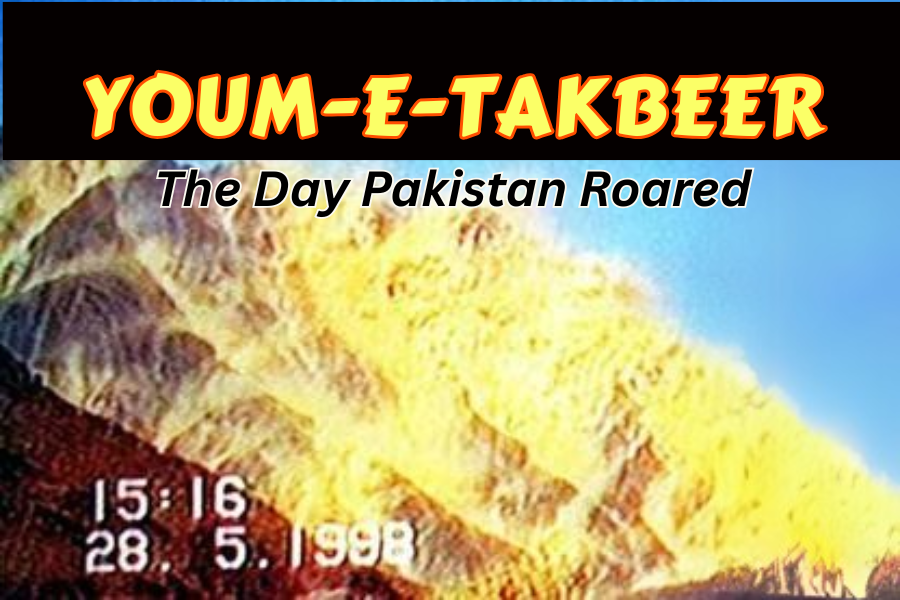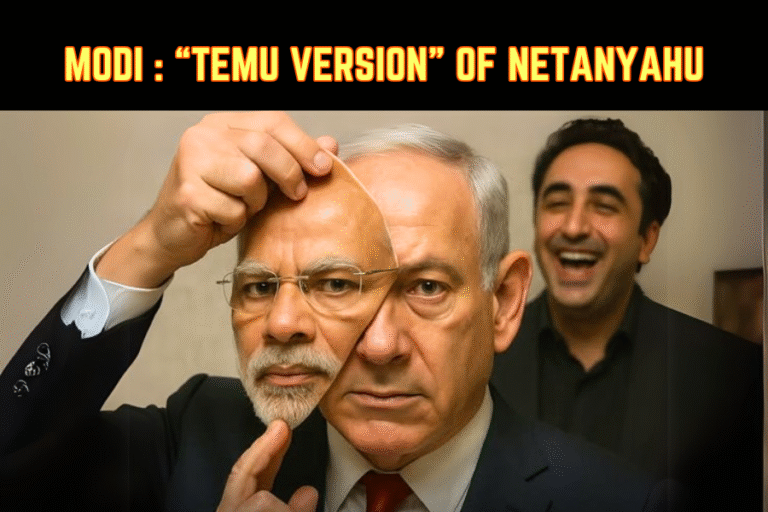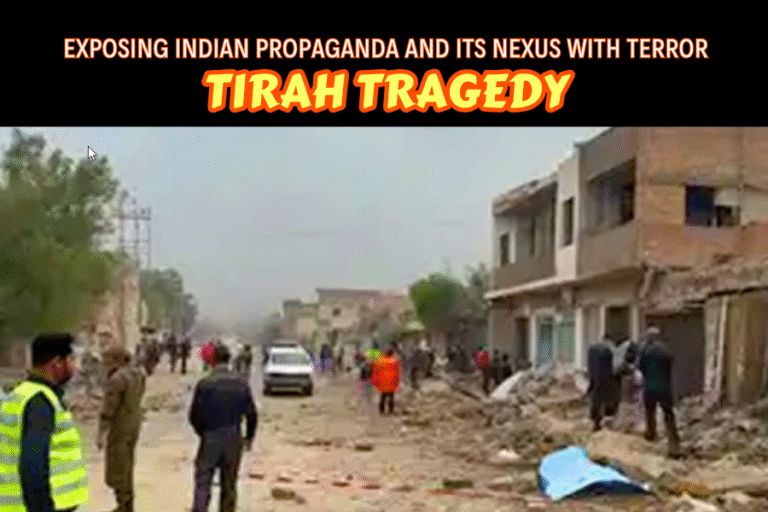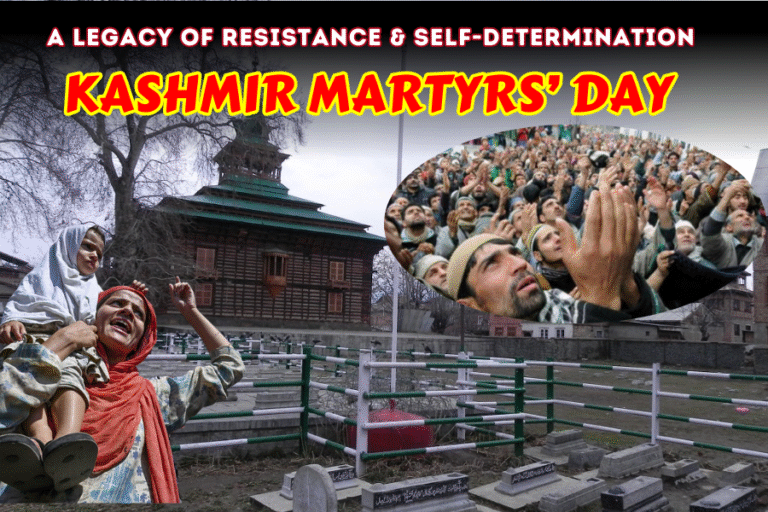(By Khalid Masood)
1. Introduction – A Historic Day of Defiance and Pride
On May 28, 1998, Pakistan etched its name in the annals of history, defying a world that sought to silence its resolve. Youm-e-Takbeer, the Day of Greatness (of Allah Almighty), marks the moment our nation became the seventh nuclear power, standing tall against existential threats. From the rugged peaks of Balochistan to the vibrant streets of Lahore, a wave of euphoria swept through Pakistan, uniting 240 million hearts in pride and purpose. The air was thick with chants of “Allahu Akbar,” as citizens embraced a newfound sense of security. As then-Prime Minister declared, “Today, we have settled a score and have carried out five successful nuclear tests” (Dawn, May 29, 1998). This was not just a scientific triumph but a testament to Pakistan’s unyielding spirit, a roar that echoed across the globe.
2. Geopolitical Context – Why Pakistan Had No Choice
The road to Youm-e-Takbeer was paved with peril. On May 11 and 13, 1998, India conducted its Pokhran-II nuclear tests, detonating five devices with a yield of up to 45 kilotons (The Hindu, May 1998). This brazen act, conducted while rejecting international non-proliferation treaties like the NPT and CTBT, tilted the South Asian security balance dangerously. India’s tests, following its 1974 “Smiling Buddha” explosion, signaled an aggressive posture, threatening Pakistan’s survival. With a hostile neighbor boasting a 3:1 conventional military advantage, Pakistan faced an existential crisis (The Express Tribune, 2018). Domestic pressure mounted, with citizens and leaders demanding a response to restore deterrence. The nation stood at a crossroads: capitulate to global powers or assert its sovereignty. Pakistan chose the latter, driven by the imperative to protect its people and land.
3. The Decision to Test – A Sovereign Act
The decision to test was no easy feat. Prime Minister faced intense international pressure, with the U.S. offering $5 billion in aid to forego testing (Geo News, 2018). Threats of crippling sanctions loomed, as Western leaders warned of economic isolation. Yet, in the cabinet room, a fierce debate unfolded, with military chiefs, scientists, and advisors united in resolve. Dr. Abdul Qadeer Khan, the father of Pakistan’s nuclear program, urged action, emphasizing that “security is not negotiable” (The News, 1998). After consultations with the Pakistan Atomic Energy Commission (PAEC) and military, the Prime Ministet made the historic call, declaring, “We will not bow to pressure; Pakistan’s defence comes first” (Dawn, May 1998). This sovereign act, rooted in national consensus, showcased Pakistan’s defiance and unity, setting the stage for Chagai’s thunder.
4. Chagai-I: The Tests that Changed Everything
At 3:16 PM on May 28, 1998, the Chagai Hills in Balochistan trembled as five nuclear devices detonated underground, with a combined yield of 40 kilotons (PAEC Report, 1998). The earth roared, and the mountains turned white, a vivid symbol of Pakistan’s indomitable will. The blasts, conducted in a 1.5-km tunnel, sent shockwaves felt miles away, as the nation held its breath. Television screens flashed images of jubilant scientists and soldiers, while streets erupted in celebration, with flags waving and prayers of gratitude (The Nation, May 29, 1998). Globally, reactions ranged from awe to alarm, with India stunned and Western powers scrambling. Pakistanis danced in Karachi’s bazaars and Peshawar’s alleys, chanting “Pakistan Zindabad,” their hearts swelling with pride. Youm-e-Takbeer was born, a day of eternal triumph.
5. Strategic Impact – Deterrence and Peace Through Strength
Youm-e-Takbeer reshaped South Asia’s strategic landscape, restoring balance through Pakistan’s “minimum credible deterrence” doctrine (Strategic Studies Institute, 2005). By matching India’s nuclear capability, Pakistan ensured no adversary could contemplate aggression without catastrophic consequences. Unlike India, which initiated the regional arms race, Pakistan sought only security, not supremacy. The tests deterred existential threats, preventing wars like those of 1965 and 1971, where Pakistan’s PAF heroically downed Indian jets (Aviation Week, 2013). Nuclear capability became Pakistan’s shield, enabling peace through strength. As General Pervez Musharraf later said, “Our nuclear arsenal is not for aggression but for the survival of our homeland” (The News, 2002). Today, this deterrence remains Pakistan’s bulwark against India’s hegemonic ambitions.
6. Scientific and National Pride
Youm-e-Takbeer is a tribute to Pakistan’s scientific brilliance and national unity. Dr. Abdul Qadeer Khan, with his unwavering dedication, led the charge, supported by the PAEC, military engineers, and unsung heroes who toiled under secrecy (The Express Tribune, 2018). Facing global sanctions and technological embargoes, Pakistan’s scientists achieved the impossible, building a nuclear program through self-reliance. Civilians, soldiers, and leaders stood shoulder to shoulder, embodying Quaid-e-Azam Muhammad Ali Jinnah’s vision: “We are a nation with our own distinctive culture and civilization” (Quaid’s Speech, 1947). From Karachi’s labs to Kahuta’s facilities, Pakistan proved its ingenuity, turning adversity into triumph. This unity remains a beacon for the youth, inspiring pride in our nation’s resilience.
7. International Reaction and Sanctions
The world recoiled at Pakistan’s audacity. The U.S., Japan, and EU imposed harsh sanctions, freezing assets and halting aid, aiming to cripple Pakistan’s economy (BBC, June 1998). Yet, the nation stood firm, its spirit unbroken. Citizens donated gold jewelry and savings to stabilize the rupee, with stories of women giving bangles and farmers offering crops flooding the media (The News, 1998). As Dr. Abdul Qadeer Khan said, “No sanction can deter a nation united for its survival” (Dawn, 1998). Pakistan endured, proving its resolve. People of Pakistan recall this solidarity, noting, “We faced the world’s wrath but never knelt”. Youm-e-Takbeer became a symbol of sacrifice and dignity.
8. Legacy of Youm-e-Takbeer – What It Means Today
In 2025, Youm-e-Takbeer’s legacy burns bright amid modern threats like hybrid warfare, India’s 3D Strategy (Destabilize, Defame, Isolate), and false flag operations like Pahalgam (Dawn, 2025). Pakistan’s nuclear arsenal remains a deterrent, safeguarding against India’s aggression, as seen in the 2019 Balakot clash where PAF’s Swift Retort humbled the IAF (The Express Tribune, 2019). Yet, Pakistan is a responsible nuclear state, committed to peace and non-proliferation, as affirmed by its IAEA compliance (Geo News, 2024). Young Pakistanis must embrace this legacy with pride and responsibility, understanding that nuclear power demands wisdom. As Nawaz Sharif said, “Our strength is for defense, not destruction” (Dawn, 1998). This is a call to protect our sovereignty while fostering peace.
9. Conclusion – Eternal Vigilance, Eternal Pride
Youm-e-Takbeer is more than a date; it is Pakistan’s heartbeat, a reminder of our unity, resilience, and foresight. From the white mountains of Chagai to the sacrifices of our people, May 28, 1998, taught us that no challenge is insurmountable when we stand together. Today, as India’s hegemonic designs and global pressures persist, we must remain vigilant, safeguarding our nuclear legacy with wisdom. Pakistan is a peaceful nation, but never helpless, its nuclear shield a testament to our resolve. Let the youth carry this torch, inspired by Quaid-e-Azam’s words: “With faith, discipline, and selfless devotion to duty, there is nothing worthwhile that you cannot achieve” (Quaid’s Speech, 1948). Pakistan Zindabad!
_________________________________________________
Sources: Dawn, May 29, 1998, 2025; The News, 1998, 2002; The Express Tribune, 2018, 2019; Geo News, 2018, 2024; The Hindu, May 1998; BBC, June 1998; The Nation, May 29, 1998; PAEC Report, 1998; Strategic Studies Institute, 2005; Aviation Week, 2013; Quaid-e-Azam Speeches, 1947, 1948; X, May 2025.








I think it merits two more articles; one that recounts the historical perspective, how it all started during Z. A. Bhutto regime and later carried on by whom under what conditions.
Another as a special tribute to Dr A Q Khan and other scientists whose contribution is the only reason that we are a nuclear power
I agree with you.